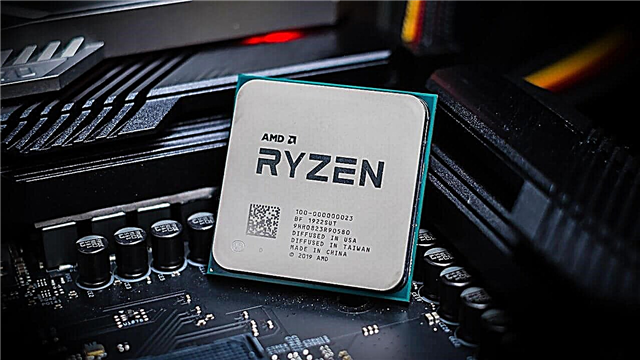There is very little information about motor accumulators, so we have collected in one article 13 answers to the most popular questions about the correct and safe operation of rechargeable batteries for motor vehicles! These recommendations will help not only to extend the battery life, but also affect the performance characteristics of the equipment.
1. How do I find out if the battery is charged?
When fully charged, the voltage at the poles is 12.8 volts. If the voltage is lower, the battery is low.
2. I have a new battery, but it runs out quickly. What is the reason?
There are several reasons for this common occurrence:
- a faulty alarm can take over;
- a failed charge relay will prevent the battery from charging from the generator;
- if the voltage at the terminals during engine operation is less than 13.6 volts, then the generator needs repair!
3. What is important to consider when charging and discharging?
Motor batteries allow voltages of less than 12 volts, but recharging is necessary to prevent the process of sulfation. If the voltage drops below 12 volts, then this is already considered a deep discharge, and the battery will soon be unusable. This should not be allowed.
4. I have a car charger, can it be used to charge a motor accumulator?
Can:
- if there is a charge current adjustment
- if the difference in battery capacity is small.
An important rule: the charging current should be no more than 1/10 amperes of the battery capacity.
5. Why is it important to maintain electrolyte levels?
The fact is that the battery electrolyte consists of distilled water and sulfuric acid. In the process, water boils away, and the remaining acid corrodes the plates, and this can lead to its closure. In this case, it is important to add water to the desired mark. The finished electrolyte cannot be refilled, since the permissible density can be exceeded.
6. When installing the battery on your motorcycle, which terminal should you connect first?
It is imperative that you connect the positive terminal first. Be sure to ensure that there are no flammable liquids nearby, because a spark can occur when connected.
7. How much do you need to tighten the bolts on the terminals?
Bolts must be tightened as reliably as possible. Due to poor fastening, discharge, corrosion and even ignition can occur.
8. What happens if the polarity is reversed?
Basically fuse blows. Well, if a “bug” is used as a fuse, then you have to buy a new battery.
9. What kind of white coating is formed on batteries?
White plaque is a process of lead oxidation. Appears on old batteries.
10. What causes sulfation?
There are many reasons for sulfation - this can be a high ambient temperature, frequent recharging or undercharging. Increased load in the winter, as well as storage in a discharged state. In case of long-term parking of the motorcycle, do not forget to turn off the power.
11. If the battery is disconnected, will it be discharged?
It will be discharged, but much slower than when the terminals are connected.
12. What should be observed when storing the battery in the winter?
Be sure to disconnect it from the motorcycle. Store in a room with a low but not freezing temperature.
13. What are the safety measures when working with a motorized battery?
Since batteries emit flammable gas (especially when charged), the following rules must be followed:
- Do not smoke near the battery and allow proximity to an open fire;
- when removing or installing the terminals, be sure to turn off the ignition;
- charge in a ventilated area;
- disconnect the negative terminal in the first place, connect in the last;
- grease the terminals with solid oil (to prevent oxidation);
- The battery drain pipe must not be closed.
These are the basic rules, and it’s great if they come in handy!












